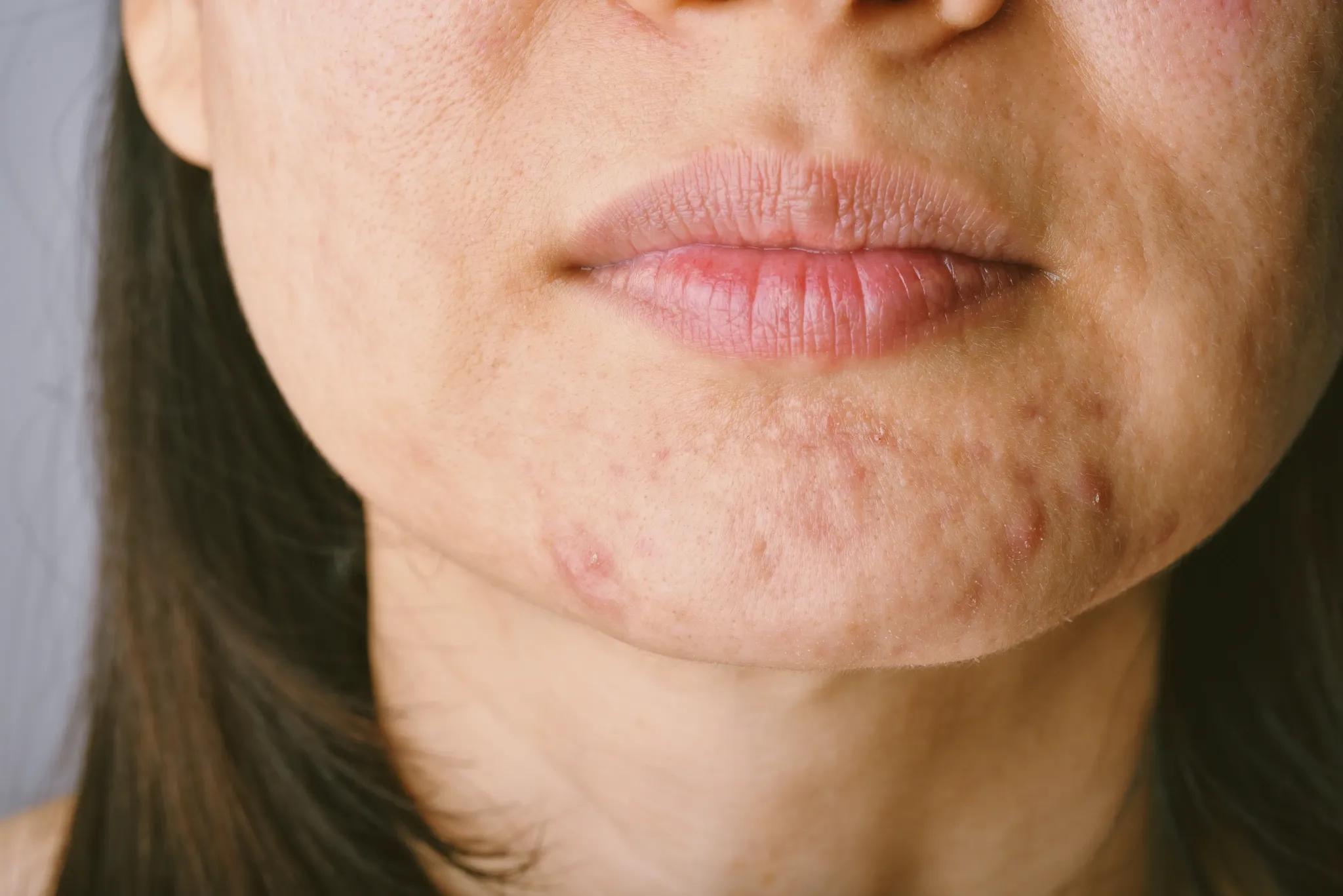
Everything You Need to Know About IPL Laser Treatment
In the evolving world of advanced skincare, IPL laser treatment has become one of the most sought-after solutions for those looking to improve skin clarity,
Our unique approach enables us to look beneath the surface of the skin and simulate your results prior to treatment. Learn more >
Results simulator now available. Learn more >

Cosmelan is a professional depigmentation treatment for treating severe and stubborn skin spots. Patients see excellent short and long-term results thanks to its dual action. It eliminates the visible marks and acts on the source of the problem, regulating the overproduction of pigment to prevent its reappearance.
Let’s dive into some frequently asked questions about the treatment!
The cosmelan method is a topical treatment that lasts approximately six months. It includes a single clinic session followed by at-home treatment to achieve optimal results.
In the clinic, a clinician will apply a mask that delivers intensive depigmenting action. Under your clinician’s recommendation, you will continue using prescribed products at home.
With cosmelan, we treat all types of spots originating from melanin overproduction triggered by several factors (hormonal, genetic, post-acne and post-depilation factors) that worsen due to sun exposure. Therefore, cosmelan treats spots such as melasma, post-inflammatory hyperpigmentations (PIH), solar, senile lentigo and freckles.
Cosmelan can be used at any time of the year, though it is recommended when sun exposure is not so intense or prolonged, such as in winter and autumn. If you live in a hot climate or apply the treatment in the summer, you must take great care and use a very high protection sunscreen, such as melan 130 pigment control, and avoid intense and prolonged sun exposure.
The cosmelan method consists of four phases which are necessary to achieve the target result. The total duration of treatment is about six months, which can change based on the severity of the case.
The most significant change occurs a few weeks after applying the mask in the clinic. You will notice an improvement in skin texture, and spots will decrease noticeably. During the first few weeks, melanin has been removed from the outermost skin layers; therefore, spots will appear to fade, and the skin will be smoother and softer. The origin of the problem has not been controlled yet. The melanocyte, a cell where melanin is produced, is still uncontrolled and continues to produce pigment (melanin) in excess. To re-educate the melanocyte and control this overproduction, it is essential to continue the home treatment so that the cell returns to a normal active state and to help prevent spots from reappearing.
You may not achieve the desired results if you do not follow the home regimen. Spots will reappear as the skin layers are renewed and melanin migrates to the surface, making the spot visible.
Not using photoprotection, such as melan 130 pigment control, involves a very high risk that spots will return, as skin is more sensitive and receptive to external aggressions during the treatment.
A daily routine is essential, including a depigmentation treatment and a high photoprotector such as melan 130 pigment control.
If used correctly and under supervision, there should be no side effects. During the initial phase, the skin may become irritated and red. This is expected, and it will disappear within a few days. During the home phase, it is common to experience slight peeling and sensitivity. These symptoms will improve with the application of home products recommended by our clinicians.
Cosmelan is a depigmentation treatment; therefore, it is not recommended to treat active acne. If you want to treat acne, we recommend the acnelan treatment. However, acne has an inflammatory component that can lead to the appearance of skin spots, known as PIH (post-inflammatory hyperpigmentation). Cosmelan improves the appearance of these types of spots caused by acne.
Both are depigmentation treatments that produce excellent results, but cosmelan is an aesthetic treatment, whereas dermamelan is a treatment that requires clinical supervision and monitoring. Dermamelan is a new generation treatment effective in treating the most severe and resistant spots.
Although often referred to as cosmelan peel, the cosmelan treatment goes beyond a peel. Unlike peels, which act on the surface of the problem, cosmelan gets to the root of the problem. It consists of a treatment that visibly removes pigmentation spots (like a peel) while exerting a regulating action that corrects the overproduction of pigmentation and prevents the spots from reappearing.
It is most common for the face to be treated with a Cosmelan. However, other body parts can also be treated, such as the neck, chest, and back of the hand.
The treatment is virtually pain-free. You may only feel some mild to moderate discomfort post-treatment with peeling and dryness in certain areas. The active ingredients are highly effective yet gentle on the skin to ensure that you experience effective, comfortable and pain-free results.
Most clients can use the cosmelan peel. It safely removes unwanted pigmentation from all skin types and tones and can be used by all ethnicities. It should not, however, be used on extremely sensitive skin or those with rosacea. Additionally, the peel should not be applied while you are pregnant or breastfeeding.
Make an appointment to discuss your concerns with one of our highly experienced clinicians today!

In the evolving world of advanced skincare, IPL laser treatment has become one of the most sought-after solutions for those looking to improve skin clarity,

Forehead wrinkles are among the first visible signs of ageing and often appear earlier than expected. These lines result from repeated facial expressions, environmental exposure,

Struggling with chin breakouts that just won’t disappear? You’re not alone. Acne in this area tends to be stubborn and persistent, often showing up as
"*" indicates required fields
Excellent, we are always excited to meet a new face or to welcome back a familiar one. Contact us in the way that best works for you!
© 2022 Bondi Junction Cosmetic Clinic. All rights reserved.
Enter your details and we will contact you within 24 hrs.
"*" indicates required fields